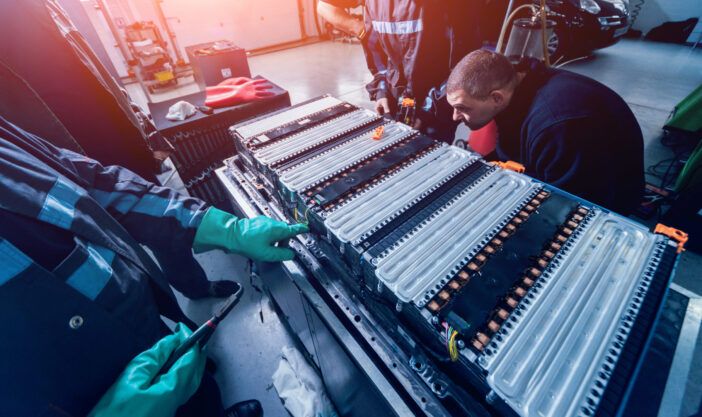Information on the purity of Li-ion batteries is vital to ensure high charge density and service life says Christophe Goasdoué, marketing manager for fluid technologies and asset protection for Asia Pacific and China at Pall Corporation
The EU’s proposed Battery Regulation Update aims to ensure sustainable growth in the industry with more recycling, supply chain transparency and greenhouse gas reduction. It will follow a phased approach from 2024 to 2027, assessing issues such as carbon footprints, durability and impact of battery lifecycle.
In the USA, the Inflation Reduction Act aims to use tax credits to accelerate decarbonization and boost clean energy production. For EVs, passports will be required for Li-ion batteries. Vehicles will be eligible if final assembly occurs within North America and no critical minerals are sourced from a “foreign entity of concern” such as Russia.
Research from Markets and Markets indicates that by 2030, global EV production will increase by a compound annual growth rate (CAGR) of 21.7%. Rising demand and tighter regulations will place greater pressure on the supply chain. Auto manufacturers will need to install efficient, safe, and reliable batteries. Battery manufacturers will need to demonstrate their units can optimize EV performance and consumers consumers want confidence that any vehicle they buy will be suitable for their needs.
The purity of Li-ion batteries is vital to ensure high charge density and service life. There are three components most at risk of contamination during manufacture: separators, cathode active materials, and liquid electrolyte.
Separators are becoming thinner as technologies improve, making production processes and quality controls challenging. To ensure cleanliness, quality and uniformity, polymeric films can’t contain microscopic metal particles which could cause electrical short circuits.
The cathode is comprised of metal oxides containing lithium. A uniform chemical composition and structure ensures better performance and longevity. The production process requires multi-chemical transformation stages involving solid, liquid and gaseous products, and quality controls are becoming more stringent as CAM quality impacts battery performance and cost per KWh.
Electrolytes must demonstrate stability against both the cathode and anode surface. Different types of electrolytes are used, but there is room for improvement in their overall performance. Each part of a lithium-ion battery has a different cleanliness requirement. Using a particulate filter, the water has a maximum particulate size of no 90µm. The paraffin liquid and plasticizer used require protection via an ultrafine crossflow filtration system.
For cathode manufacture, cleanliness and quality controls use from oxygen, nitrogen, solvents, and pure / mixed solutions. Submicron filter ratings need to be as low as 0.3µm, which require filtration technologies like crossflow, liquid-gas coalescence, and particulate filtration.
The acidity in liquid electrolyte requires stainless steel vessels coated in ethylene tetrafluoroethylene (ETFE) and fine particulate removal ratings from 0.45µm to 2µm.
As the market grows, suppliers in the value chain will need to work closely to create high performing products that provide good ROI, and auto manufacturers must seek collaboration from suppliers early in the design process.

